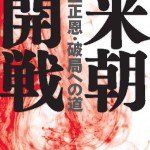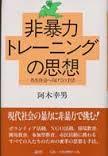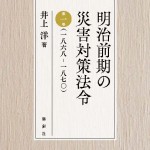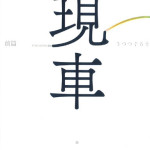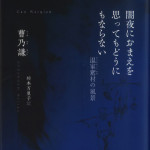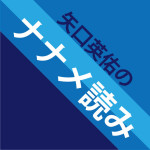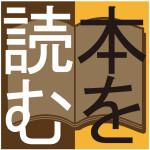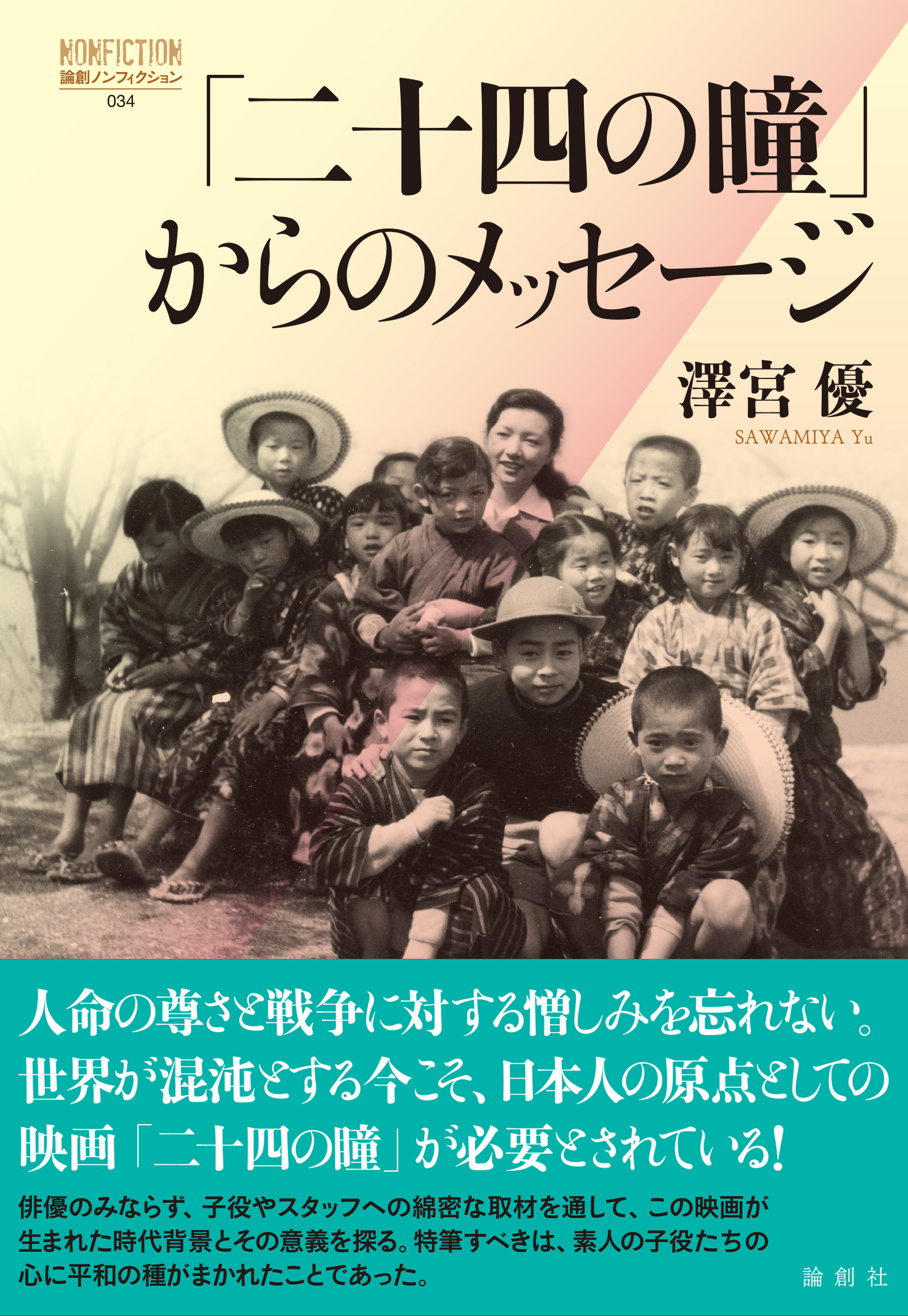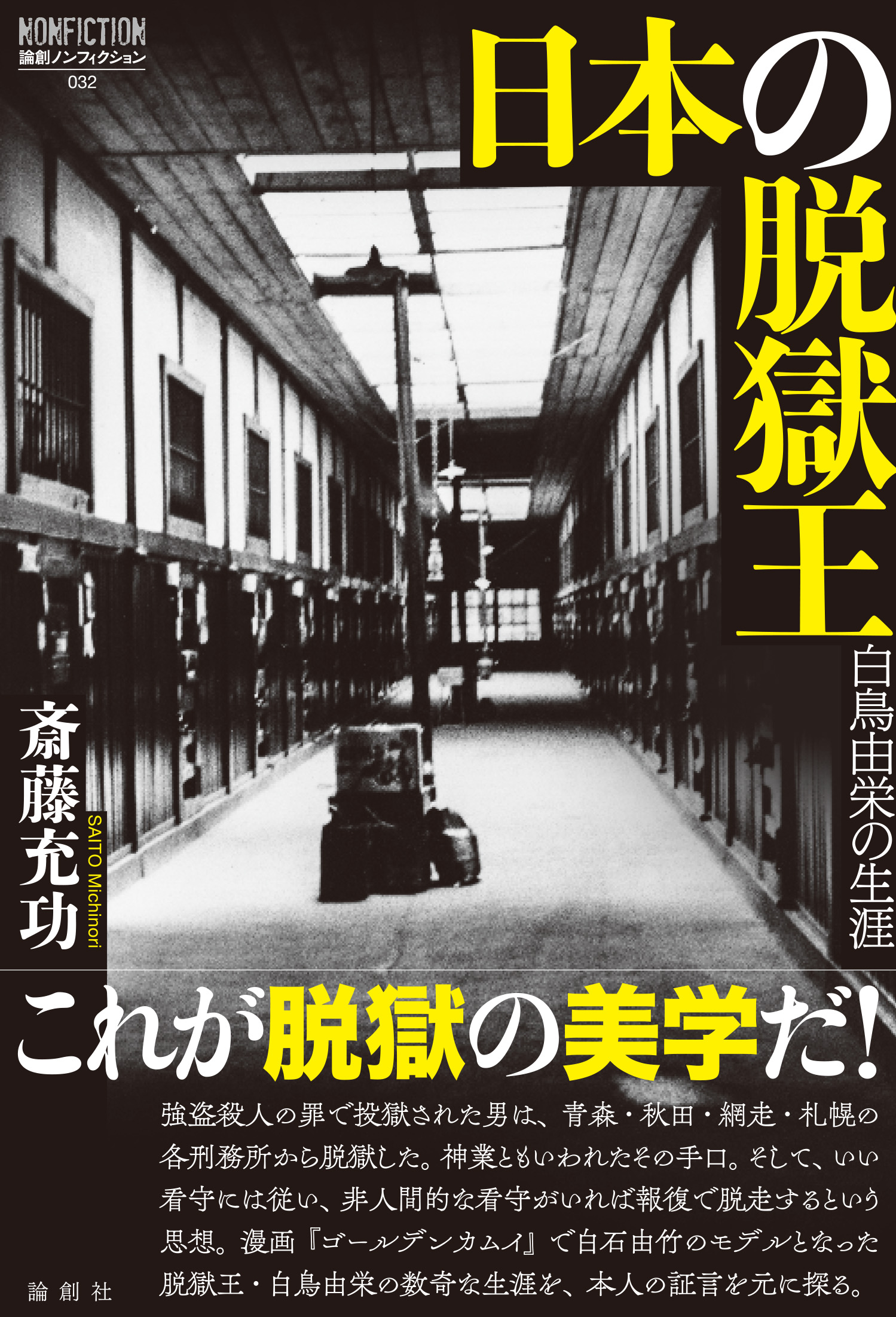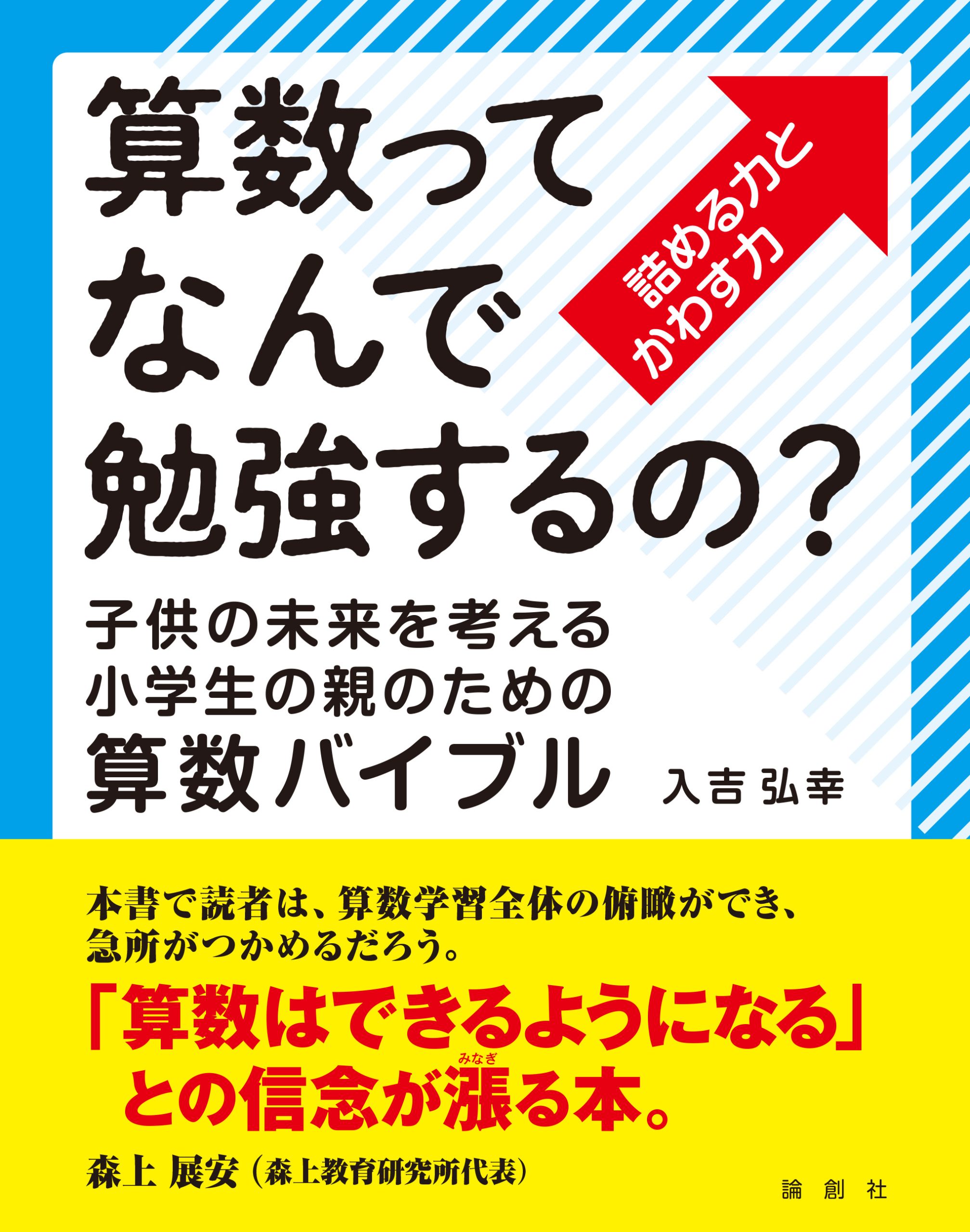- 2018-8-1
- お知らせ, 論創通信, The Nichiren Buddhism【ミステリーな日蓮 英訳版】
2. What is Nam Myoho Renge Kyo?
Hiroto Ema
It seems that many people believe the first person who prayed “Nam Myoho Renge Kyo(南無妙法蓮華経)” is Nichiren(1222-82). Certainly, it is Nichiren who for the first time popularized Chanting Daimoku, the chanting of Nam Myoho Renge Kyo(南無妙法蓮華経), as done with Namu Amida Butsu(南無阿弥陀仏), homage to Amida Buddha. But the prayer Nam Myoho Renge Kyo had surely existed before him.
Originally, “Nam(南無)” , a phonetic change of Namu, is a transliteration into Japanese of the Sanskrit “Namas”, which means bending one’s body to show his respect. It has the same root with the greeting of India “namaste”, and has been translated “Kimyo(devotion)” or “Kirei” in Chinese. It was a custom before the era of Nichiren that “Nam” was added to the objects of respect, such as Amida Butsu(Amida Buddha : 阿弥陀仏) or Sanpoh(the three treasures) of Buddhist, so that they were called “Namu Amida Butsu” or “Namu Sanpoh” (or “Namu San”), and thus prayed. Likewise, Myoho Renge Kyo(妙法蓮華経), the formal title of the Lotus Sutra, had been called Nam Myoho Renge Kyo to show respect to it and prayed so even before Nichiren started his preaching. In fact, Nichiren himself referred to the fact that he was not the first one who prayed Nam Myoho Renge Kyo repeatedly. So, the question is why Nichiren tried to popularize the chanting of Nam Myoho Renge Kyo as done with Namu Amida Butsu. This is an unavoidable question in order to consider the originality of Nichiren, so we must discuss it a little further.
In the past, the Lotus Sutra was called the first among all sutras and had been treasured since the era of Shotoku Taishi (574-622), the second son of Japan’s thirty-first emperor. And Minamoto no Yoritomo(1147-99), the founder of the Kamakura Shogunate, has been famous as a devout believer in the Lotus Sutra. It requires embracing, reading, reciting, expounding, and transcribing of the sutra as training. That is to say, getting and embracing, reading, reciting, expounding, and transcribing of the Lotus Sutra composes the training of the Lotus Sutra and the belief in it. The lower classes which then dominated the population worked hard on farming and ended their lives. Surely, they couldn’t read and write. So the belief in the Lotus Sutra was foreign to such people, and as a result the original belief in the Lotus Sutra was permitted only to the aristocrats who had special knowledge and wealth. Now, how was the situation of the Eastern warriors, who were to become the leading characters of the Kamakura Shogunate? In next chapter, we will start with this question.
August 1st 2018
Please let us know your feedback via e-mail
(Next section will be released on September 1st).
Back Number → The Nichiren Buddhism
2.南無妙法蓮華経って何?
江間浩人
南無妙法蓮華経と世界で初めて祈ったのは日蓮である、と思っている人も多いと思います。確かに、南無妙法蓮華経を南無阿弥陀仏のように声に出して唱える–これを唱題(しょうだい)といいますが–これを広く世に広めたのは日蓮です。しかし、南無妙法蓮華経という祈りが、それ以前にまったくなかったのか、というと決してそうではありません。
もともと「南無」はサンスクリット語の「ナモ」から生まれた言葉で、体を折り曲げて敬意を表すことを指しています。「ナマステ」というインドの挨拶も同源で、漢訳では「帰命」とか「帰礼」とされる言葉です。尊敬する対象、例えば阿弥陀仏とか、仏法僧の三宝などに対して、南無を冠して「南無阿弥陀仏」、「南無三宝(南無三)」と敬意を表し、祈る行為は、ごく自然に行われていました。同じように法華経の正式なタイトルである妙法蓮華経に南無を冠して、南無妙法蓮華経と法華経に敬意を表し、祈る行為も、日蓮が活躍する以前からあったものです。その点は日蓮自身も再三、言及しています。問題は、南無妙法蓮華経を、南無阿弥陀仏のように声に出して唱えることを、なぜ日蓮は広めようとしたのか、ということです。日蓮は、唱題によって、何をしようとしたのでしょう。この点は、日蓮の独創性を考えるに当たって、避けては通れない問題ですので、しばらくお付き合い下さい。
そもそも法華経は諸経の王、諸経中第一と呼ばれ、聖徳太子のころから大事にされた特別な経典です。源頼朝も熱心な法華経信者として有名でした。ところが、本来の法華経信仰は、特別な教養と財力がある貴族にしか許されないものだったのです。法華経では、その修行を、経典の受持・読・誦・解説・書写に求めています。法華経の入手と所持、読経、暗唱、解説、書写することが、法華経の修行であり、法華経信仰だったのです。当時、圧倒的多数を占めていた下層民(農民・下人)は、生まれた土地で農作業に汗水流して生涯を終えていきます。文字も読めません。こうした人々に、法華経信仰は無縁なものでした。では、鎌倉時代の主役である東国武家は、どうしていたのでしょう。次回は、そこから始めたいと思います。
—ご感想はお問い合わせメールまで(次回は9/1予定)—



